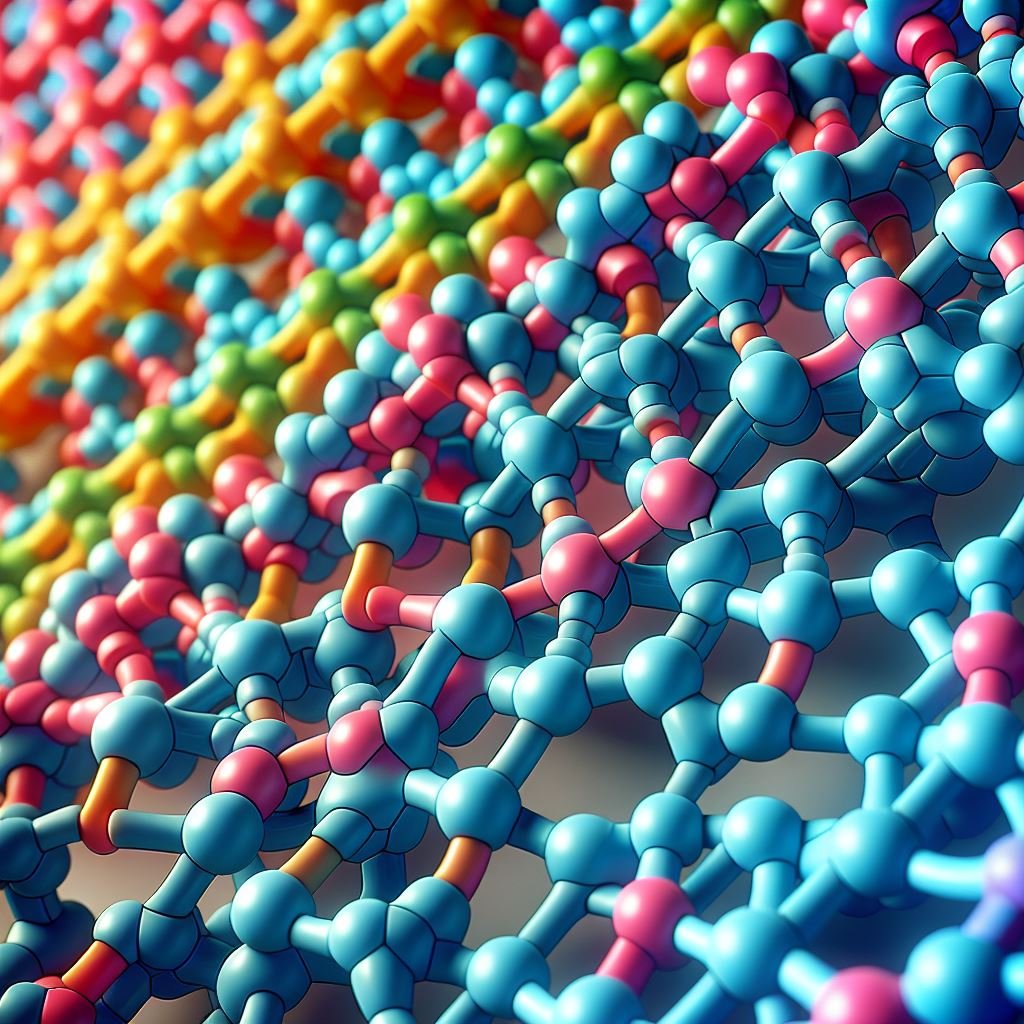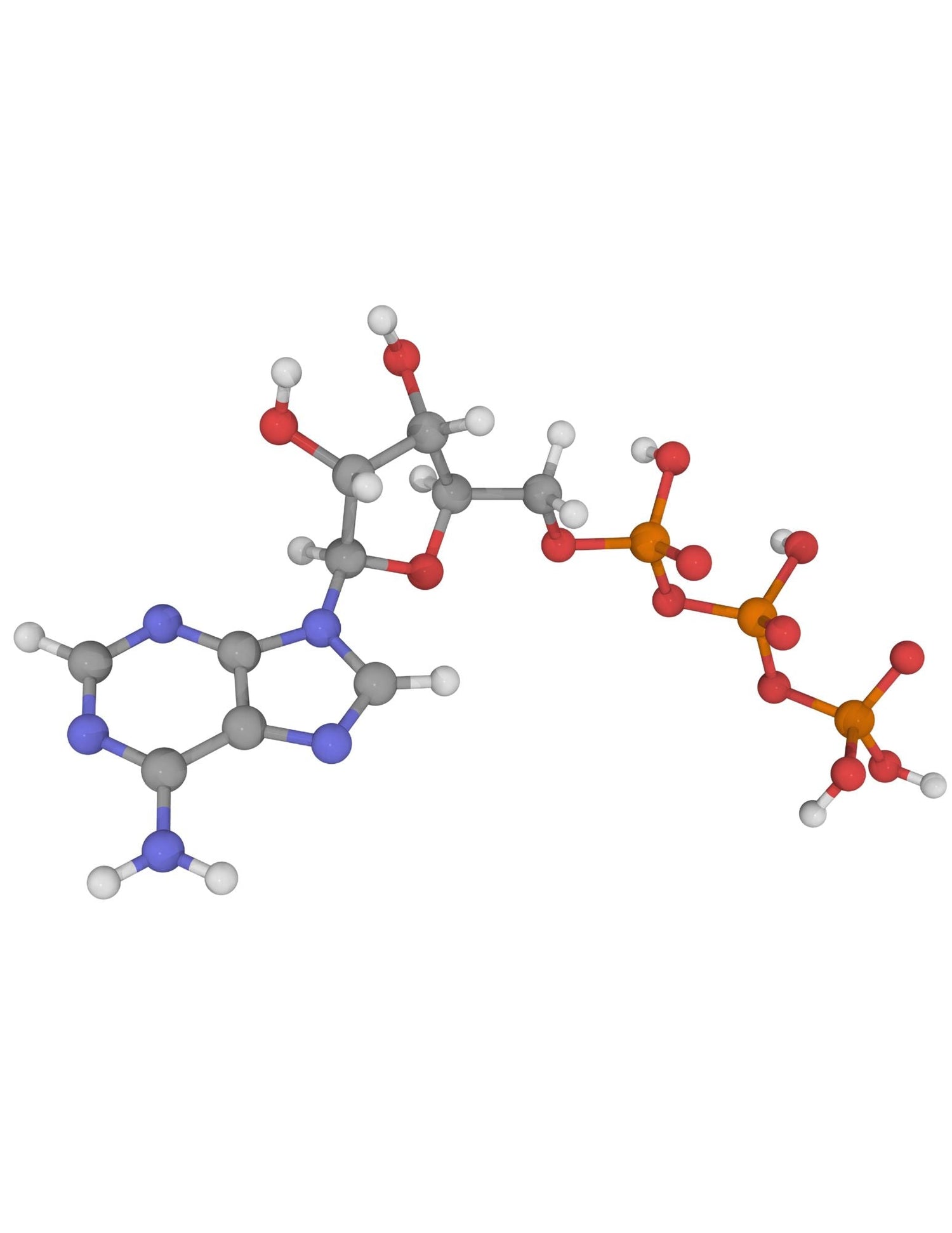Polymers
Polyhydroxybutyrate
Polyhydroxybutyrate is a biodegradable thermoplastic polymer produced through microbial fermentation, valued for its sustainability and biocompatibility. At Polysciences, we offer Polyhydroxybutyrate polymers with consistent quality for applications ranging from environmentally friendly packaging to biomedical devices. With excellent biodegradation profiles and mechanical properties, PHB is a strong alternative to conventional plastics in research and industrial use. For formulation support or technical questions, our team is here to assist.

Collections
-
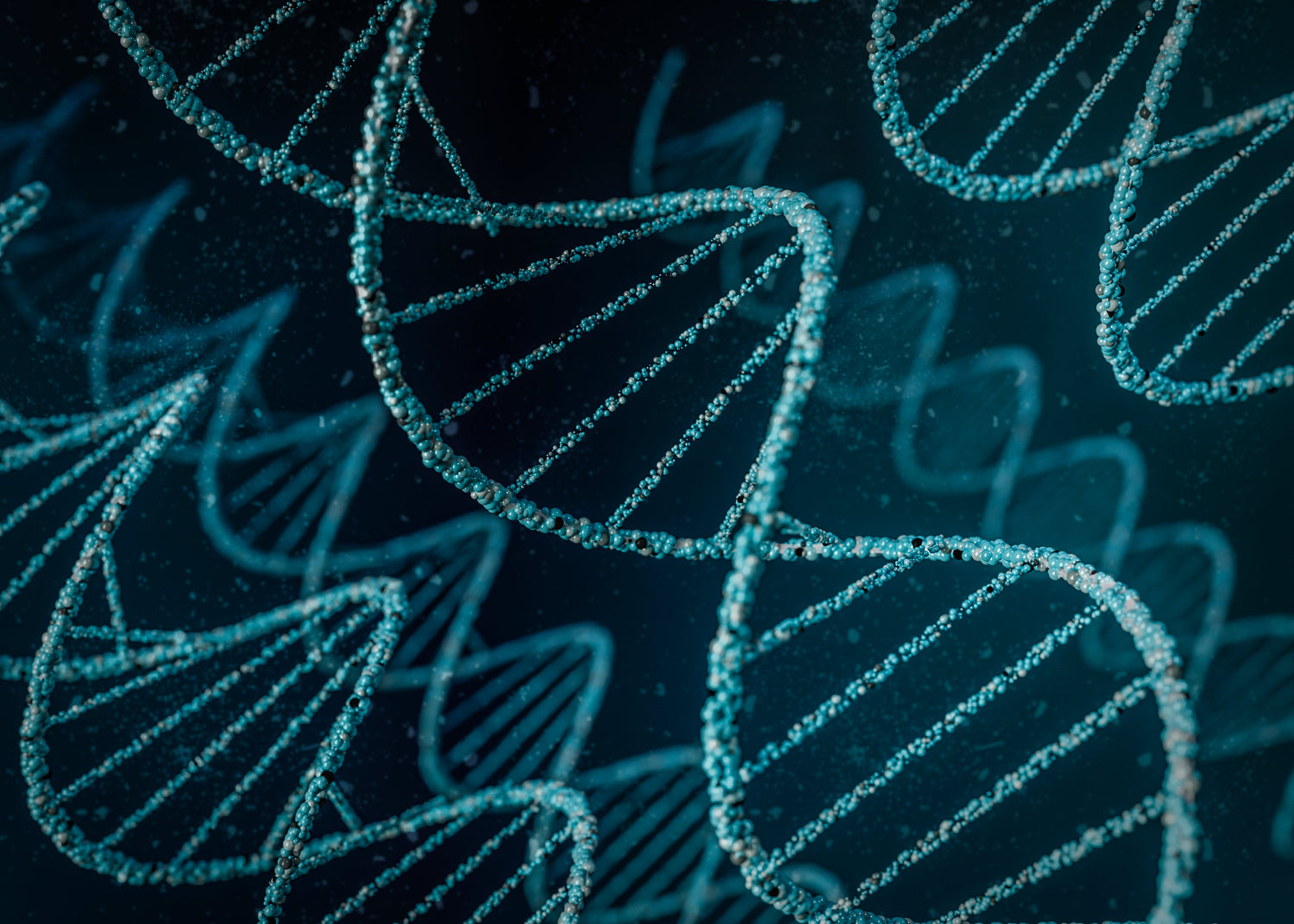
Bioprocessing, Lipids & Transfection
Find transfection reagents and lipids with various preparations and regulatory tiers to...
-
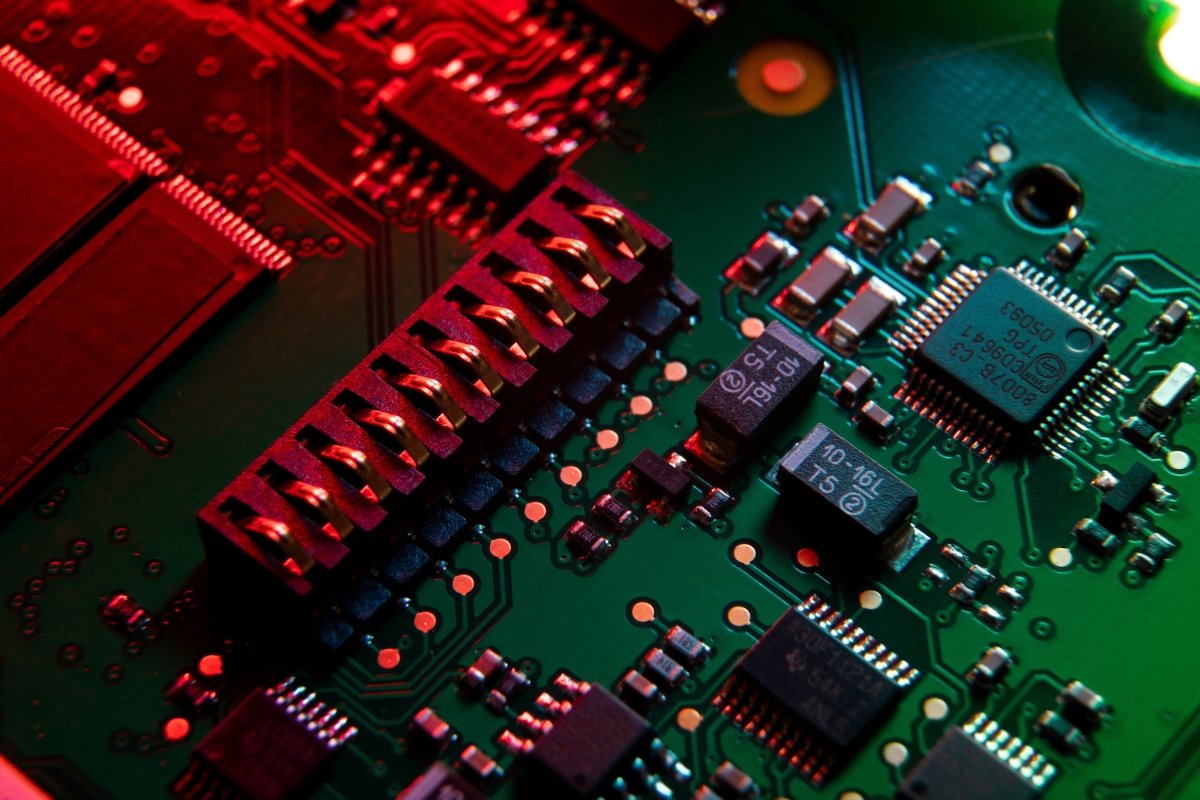
Electronic Chemicals
Access our portfolio of electronic chemicals, including underfills, encapsulants, and conformal coatings,...
-
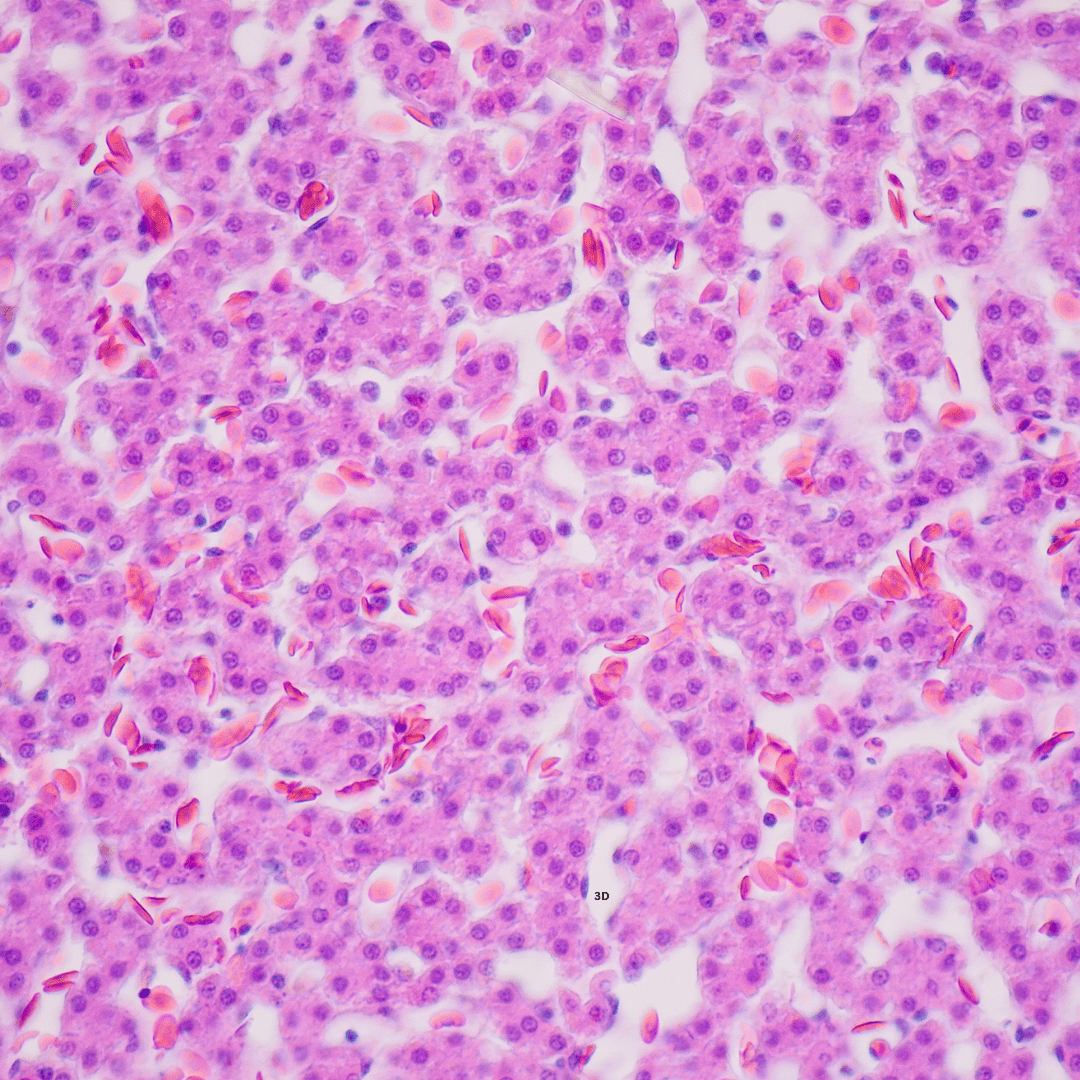
Histology, Cytology & Pathology
Explore a comprehensive range of products for histology, cytology, and pathology, including...
-
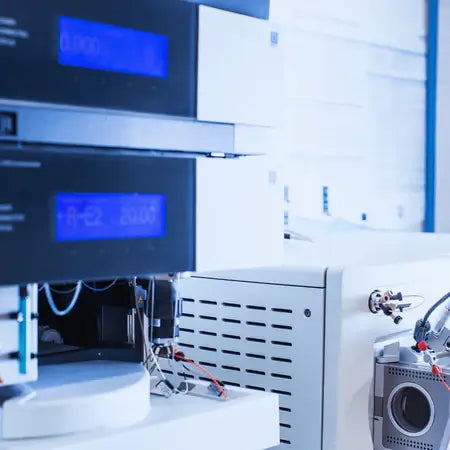
Instrument Standards
Find instrument standards for analytical instruments like cell analyzers and flow cytometers,...
-
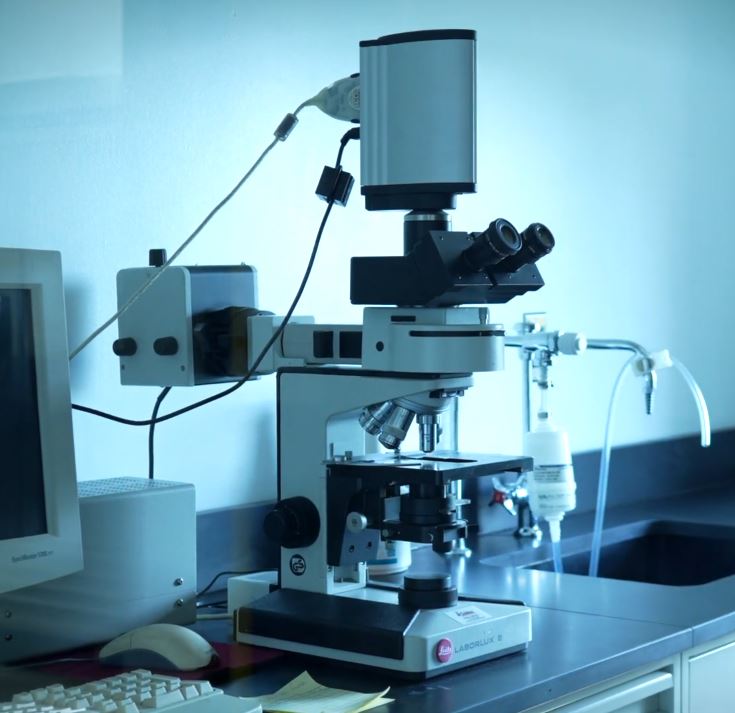
Histology & Microscopy
Equip your lab with our histology and microscopy products, offering high-quality staining...
-
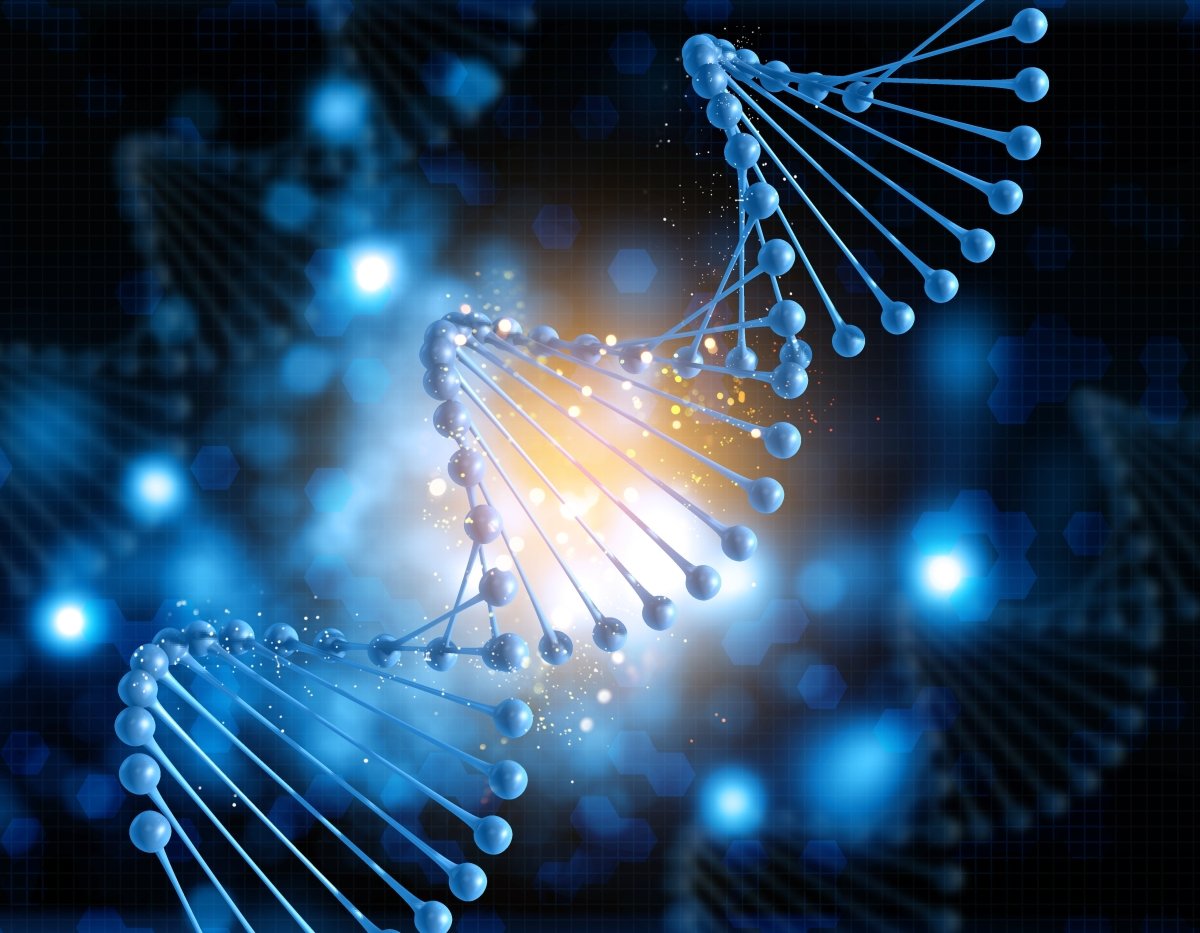
Life Sciences
Discover specialty chemicals and reagents supporting research in histology, microscopy, and anatomic...
-
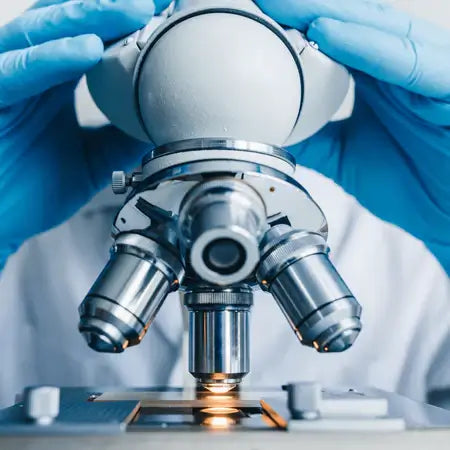
Microscopy & Electron Microscopy
Delve into our microscopy collections, featuring electron microscopy reagents and accessories essential...
-
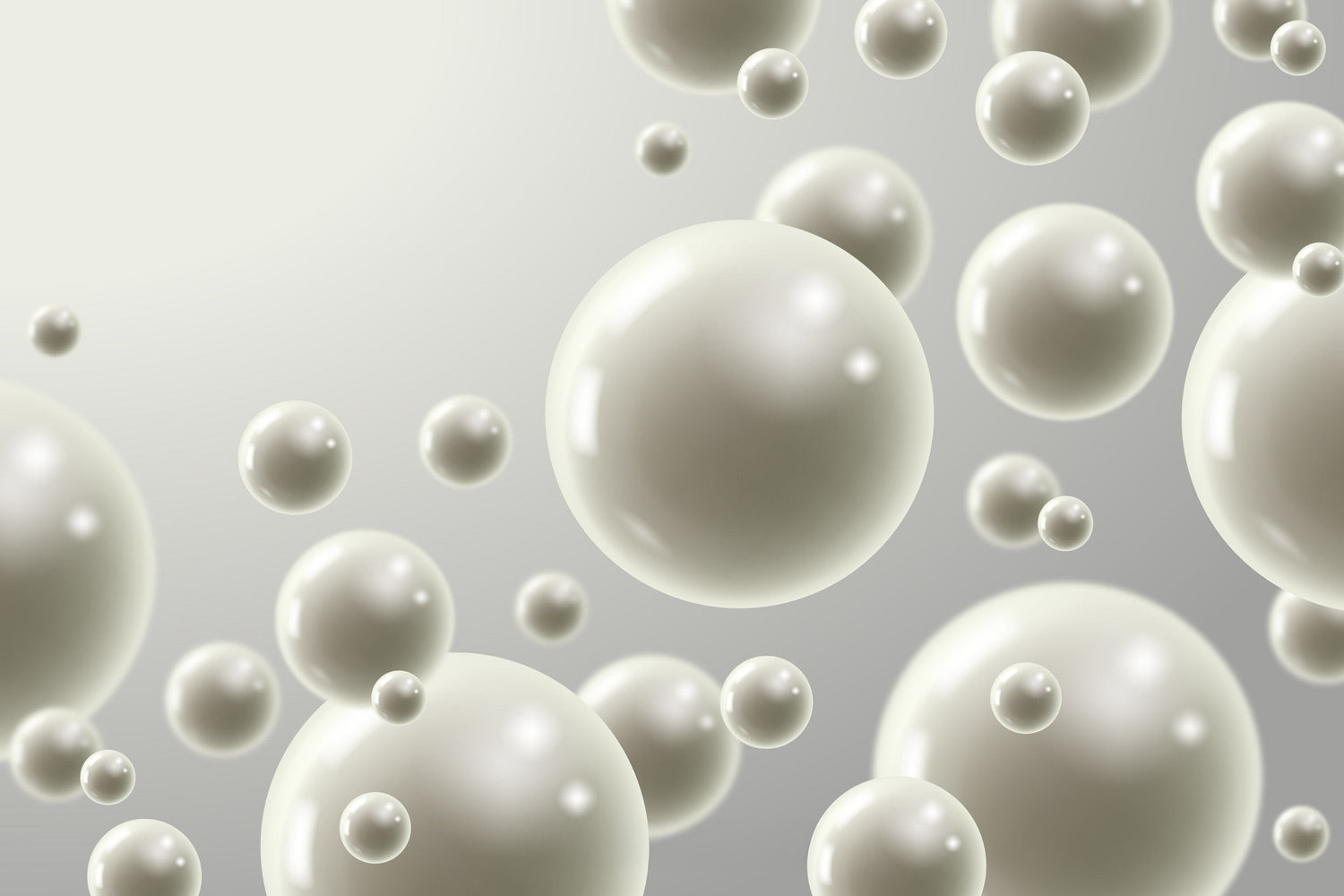
Microspheres & Particles
Popular Searches: Polystyrene Microspheres | Silica Microspheres | Carboxyl Microspheres Browse our selection of microspheres...
-
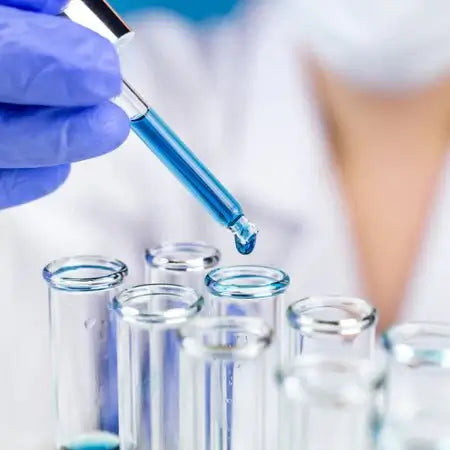
Specialty Chemicals & Adjuncts
Access our range of specialty chemicals and adjuncts, including resins, catalysts, solvents,...







